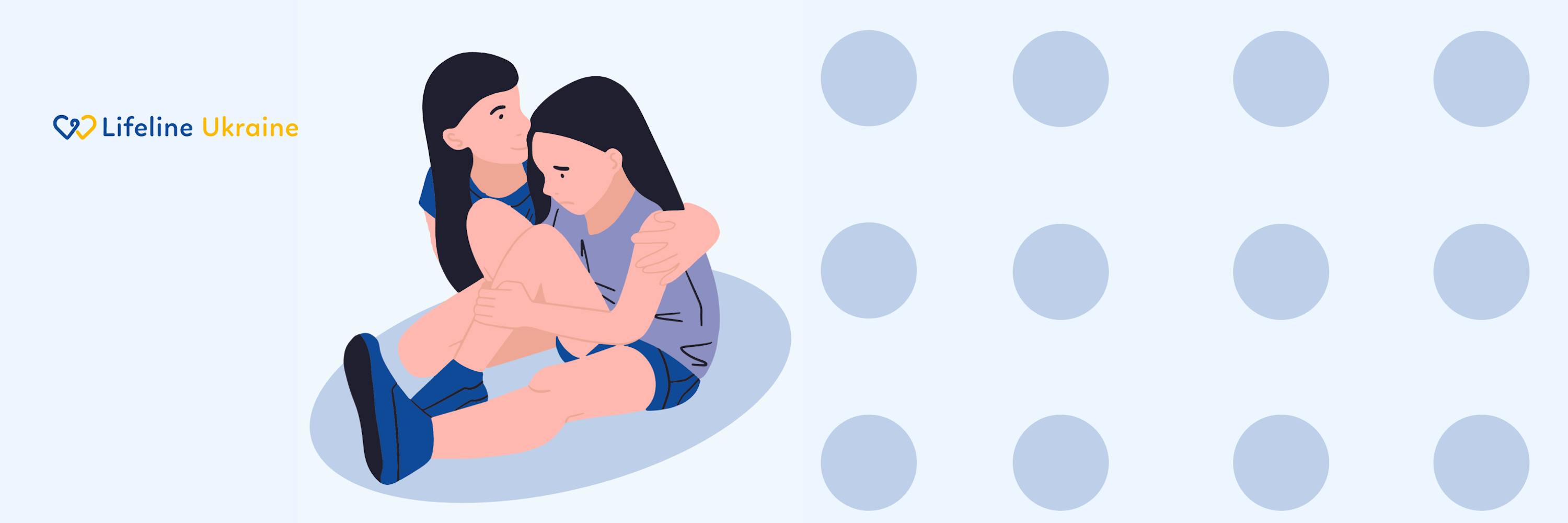What is self-harm?
Self-harm is the intentional injury of one's own body for inner reasons without suicidal intent.
Self-injurious behaviour or self-harm among teenagers is a serious issue that requires attention and understanding. It causes concern among parents, educators, and healthcare professionals, as it can have grave consequences for the physical and mental health of the teenager.
Non-suicidal self-injurious behaviour
This behaviour is often mistaken for a suicide attempt. Therefore, it is also known as non-suicidal self-injurious behaviour (NSSI). NSSI is the intentional damage to the surface of one's own body without suicidal intent, for reasons that society does not approve of.
Forms of NSSI
Non-suicidal self-injurious behaviour includes various forms such as cutting, self-hitting, burning, or other methods aimed at causing harm to one's own body. Self-harm can be driven by a number of factors, including stress, depression, anxiety, low self-esteem, and a lack of adequate strategies for coping with emotional difficulties.
Potential causes
One of the factors that lead to self-harm is social pressure and the desire to meet high standards. Teenagers often face significant pressure to meet societal expectations, particularly regarding appearance and success. Feelings of failure or rejection can lead to stress, which teenagers attempt to cope with through self-harm.
Safe environment
It is important to understand that self-harm is a symptom of deeper issues. To address this issue, comprehensive support and understanding from those around is necessary. Above all, it is crucial to foster a safe and supportive environment for teenagers, where they can feel that their emotions and struggles are accepted. Parents and educators should be attentive to changes in teenagers' behaviour and respond promptly to any signs of self-injurious behaviour. It is essential to create an open space for communication, where teenagers can freely share their emotions and experiences.
Seeking professional help
In cases of self-harm, it is necessary to seek professional help. Psychological support and counselling help to uncover the root of the problem and develop effective strategies for coping with emotional difficulties.
Raising awareness about causes and consequences
An integral part of support is also popularising information about the causes and consequences of self-harming behaviour among the public and reducing the stigma associated with this phenomenon. Awareness and understanding create a favourable environment for addressing many issues related to mental health and supporting those in need of help.

Self-harm Prevention
A comprehensive and individualised approach is key to the prevention of self-harm in adolescents. It consists of the following components.
- Providing a space of trust where an adolescent can freely express their emotions and experiences without judgment or criticism.
- Analysis and management of possible risk factors such as negative influences from others, incorrect social standards, or exposure to stressful situations.
- In-depth analysis of the psychosocial context, including studying family relationships, social environment, school life, and other factors that may affect the mental health of an adolescent.
- Teaching adolescents effective strategies to cope with stress and negative emotions as an alternative to self-harm.
- Teaching to recognise and express emotions, developing emotional regulation skills.
- Engaging in activities, supporting the search and development of interests and hobbies, which can serve as a positive means of self-expression and stress relief.
- Enhancing inner confidence and understanding of one's own value.
- Overcoming social isolation, creating opportunities for social interaction and support from family, friends, and the community.
To address the issue of self-harm crisis interventions and psychotherapy play a key role. A crisis exit plan is drawn up depending on the specific situation and characteristics of the adolescent.
Let's describe effective impact strategies:
1. Crisis intervention. It is important to provide urgent crisis support and assistance, especially if self-harm is accompanied by a life-threatening risk. Hotlines handle stabilisation and motivation to seek help well. Referring to medical professionals, such as psychiatrists or psychotherapists, can provide qualified assessment and support.
2. Recommended Psychotherapy. Cognitive-behavioural therapy (CBT) helps identify and change negative thoughts and behaviours associated with self-harm. Dialectical behaviour therapy (DBT) is particularly effective for working with emotionally unstable adolescents, providing skills for emotion regulation and coping strategies.
3. Implementation of Family Therapy. It is important to include parents in the treatment process and support them in understanding and resolving family issues.
4. Organisation of Social Support. Group therapy provides peer support and the opportunity to share experiences. Social workers can help resolve issues at home and school.
5. Medication Treatment. In some cases, medications may be used to control symptoms, especially if there are concomitant mental disorders.













